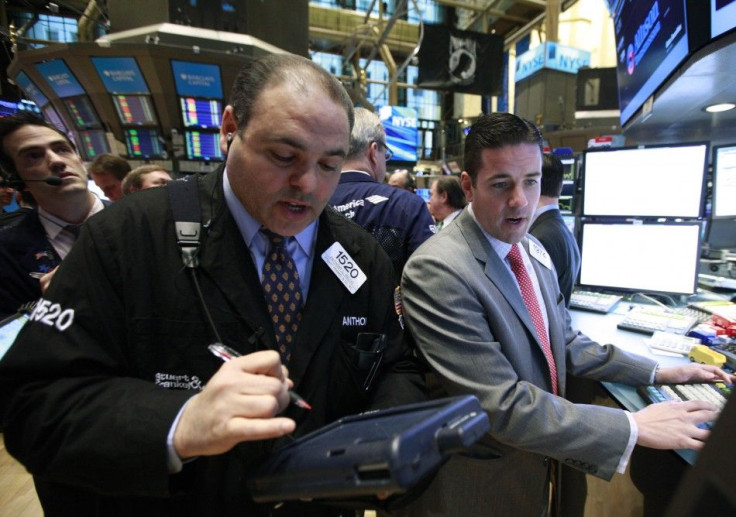US Stock Futures Plunge After Weak Jobs Report

Futures on U.S. stock indexes, which stopped trading at 9:15 a.m. EDT because of the Good Friday holiday, plunged after the government reported unexpectedly weak jobs numbers for March.
Nonfarm payrolls rose by 120,000 last month, down from a gain of 275,000 in February and well below consensus expectations by analysts of a 205,000-job gain compiled by Bloomberg News. The March job-addition numbers were the weakest in five months, according to Friday's Labor Department report.
The unemployment rate fell to 8.2 percent, from 8.3 percent in February, which was in line with what analysts had expected.
On balance, today's employment report ... brings into question the sustainability of job growth through the middle portion of 2012, said Guy Lebas, chief fixed-income strategist at Janney Montgomery Scott in Philadelphia.
Futures on the S&P 500 index fell 1.10 percent, futures on the Dow Jones Industrial Average dropped 0.92 percent and futures on the Nasdaq 100 Index declined 1.03 percent.
While a weak jobs report is a negative sign for the economy, it does boost the chances the Federal Reserve will roll out a third round of quantitative easing -- a program that injects liquidity into the financial system through purchases of Treasury bonds -- if the recovery continues to lose steam.
The first two rounds of quantitative easing between 2008 and 2011 significantly boosted asset prices.
The latest employment report will ... seriously challenge any thoughts that Fed can end unorthodox measures with an end to Operation Twist at the end of June, said Alan Ruskin, a senior currency strategist for Deutsche Bank, referring to a Fed practice of buying longer-dated Treasurys as a means of depressing their yields.
U.S. stocks have tended to rise and fall in correlation with employment data, as strong jobs numbers earlier this year also sparked rallies.
© Copyright IBTimes 2024. All rights reserved.




















